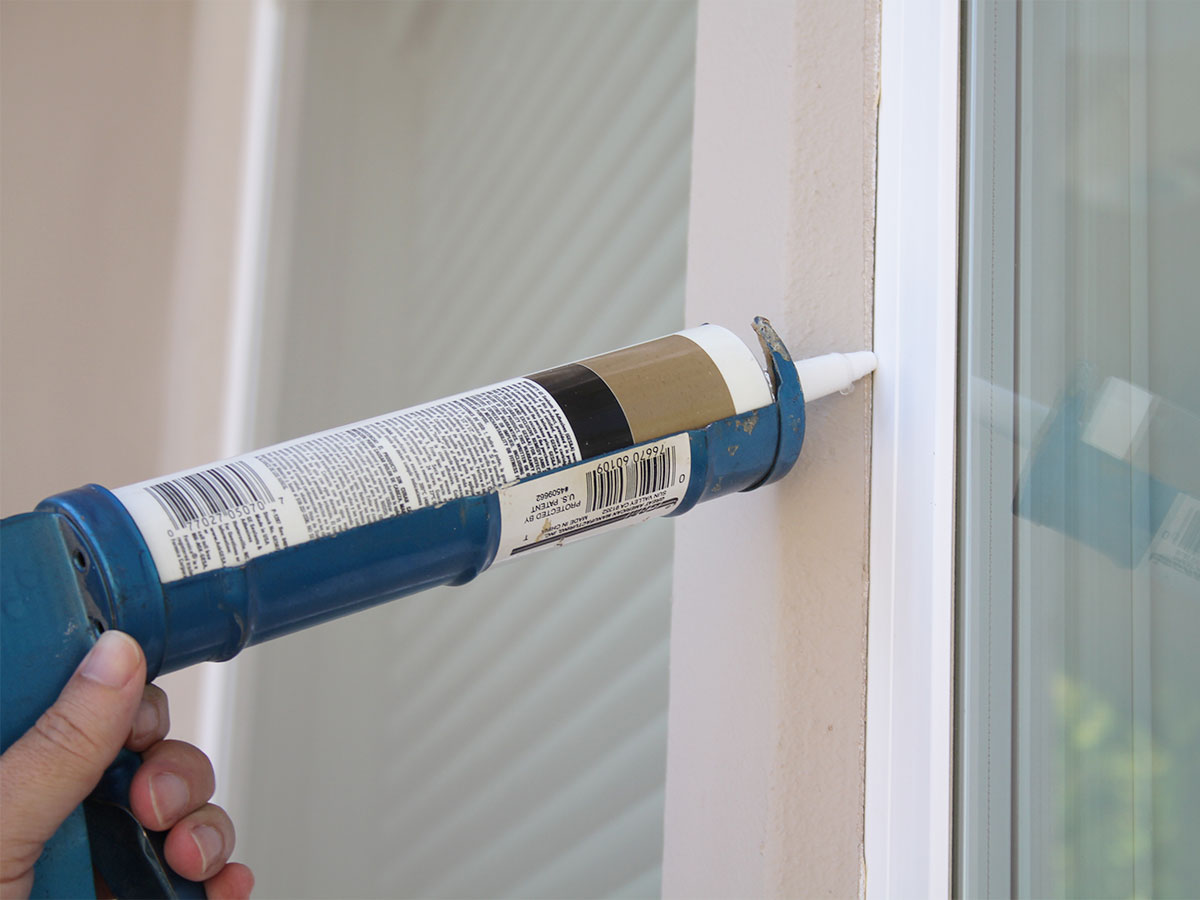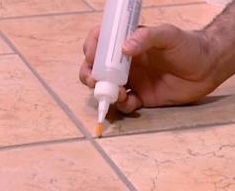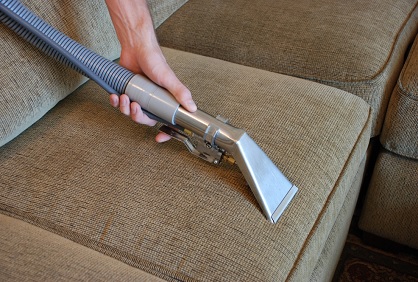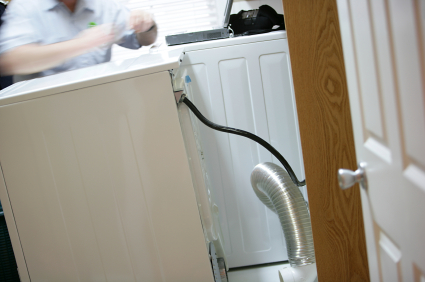
Inspect exterior caulking around windows and trim area is an important home maintenance tip. By taking the time to inspect exterior caulking around your home, you will identify damage around your windows. And also determine if there are gaps that require filling or repair. Exterior caulking is usually around windows and other trim pieces on the exterior siding. These areas are exposed to harsh climate elements like heat, humidity, snow and rain. With these weather conditions and variations, Read More





